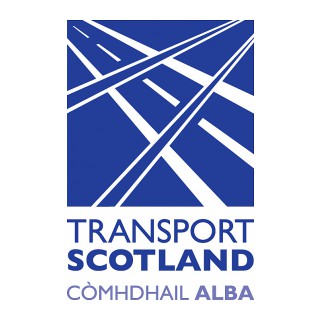The primary function of Soft Landings is to help provide sustainable, functional assets that meet the needs of the End Users. Performance management, lessons learnt, improved design intrinsically come with the Soft Landing process and should be used to enhance capability and performance. To reinforce the need to focus on End User requirements, specific requirements on Aftercare and Post Occupancy Evaluation (POE) should be developed by the employer.
Soft Landings provides a framework for the delivery team to remain involved with their built asset beyond practical completion. This assists the client and occupiers during the first months of operation and beyond. BSRIA notes that the professional aftercare element of Soft Landings is about fine-tuning and de-bugging systems, and ensuring occupiers understand their working environment better. Following handover, the aftercare team should be meeting with the FM team and end user stakeholders to identify any initial operational issues and develop an action and communications plan to help resolve.
BS 8536 (5.8.2.2) Initial aftercare, notes that the design and construction team should appoint an aftercare team to manage post-handover aftercare duties for the initial period of aftercare. This is to familiarise end-users with the general operation of the asset/facility and to provide training and technical support. The design and construction team, or the aftercare team on its behalf, should monitor the performance of the systems with the active participation of the commissioning manager (see 4.6.6) and the operator, operations team or facility manager, as appropriate. Any deviation from the expected performance should be identified, recorded and shared within the respective teams. Consequent troubleshooting and fine-tuning of the building services engineering systems should be carried out by the design and construction team working with the operator, operations team or facility manager, as appropriate, and reporting to the owner’s representative.
Formal post occupancy evaluations should be considered, and it is recommended that a three-year aftercare period be adopted. By the end of year one the building should have settled down. By year two, the building should have entered stable operation, during which time the energy data should be reviewed and adjustments recommended in a quest to improve performance. The second year will also involve fine-tuning, at the end of which a structured post-occupancy evaluation (POE) should be carried out. The third year will be a period where the aftercare team respond to findings from the POE, make any necessary interventions, and maintain their monitoring of the building’s performance and energy consumption.
BS8536 Figure 3 illustrates the connection between the project information model (PIM) and the asset information model (AIM) and the need for the measurement of outcomes from projects to support efficient and cost-effective asset/facilities management. The figure below emphasises the important relationship between this British Standard and those standards supporting “Level 2 BIM”, namely PAS 1192-2 and PAS 1192-3. PAS 1192-5 contains further information on how security requirements can be integrated into these information models.
This section should be read in conjunction with Determine the Soft Landings Approach/ Contracts and Procurement





